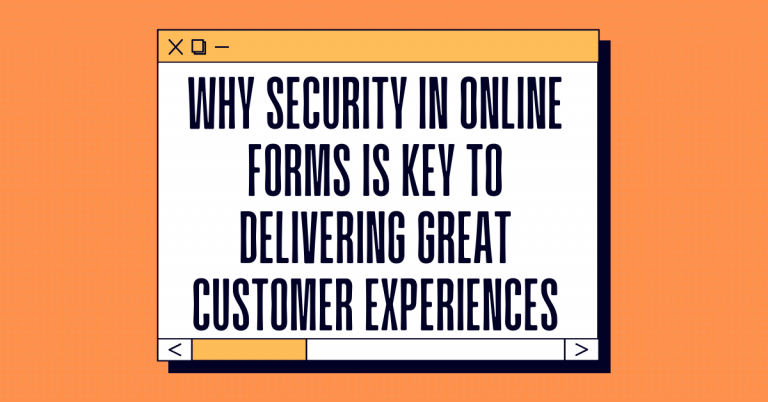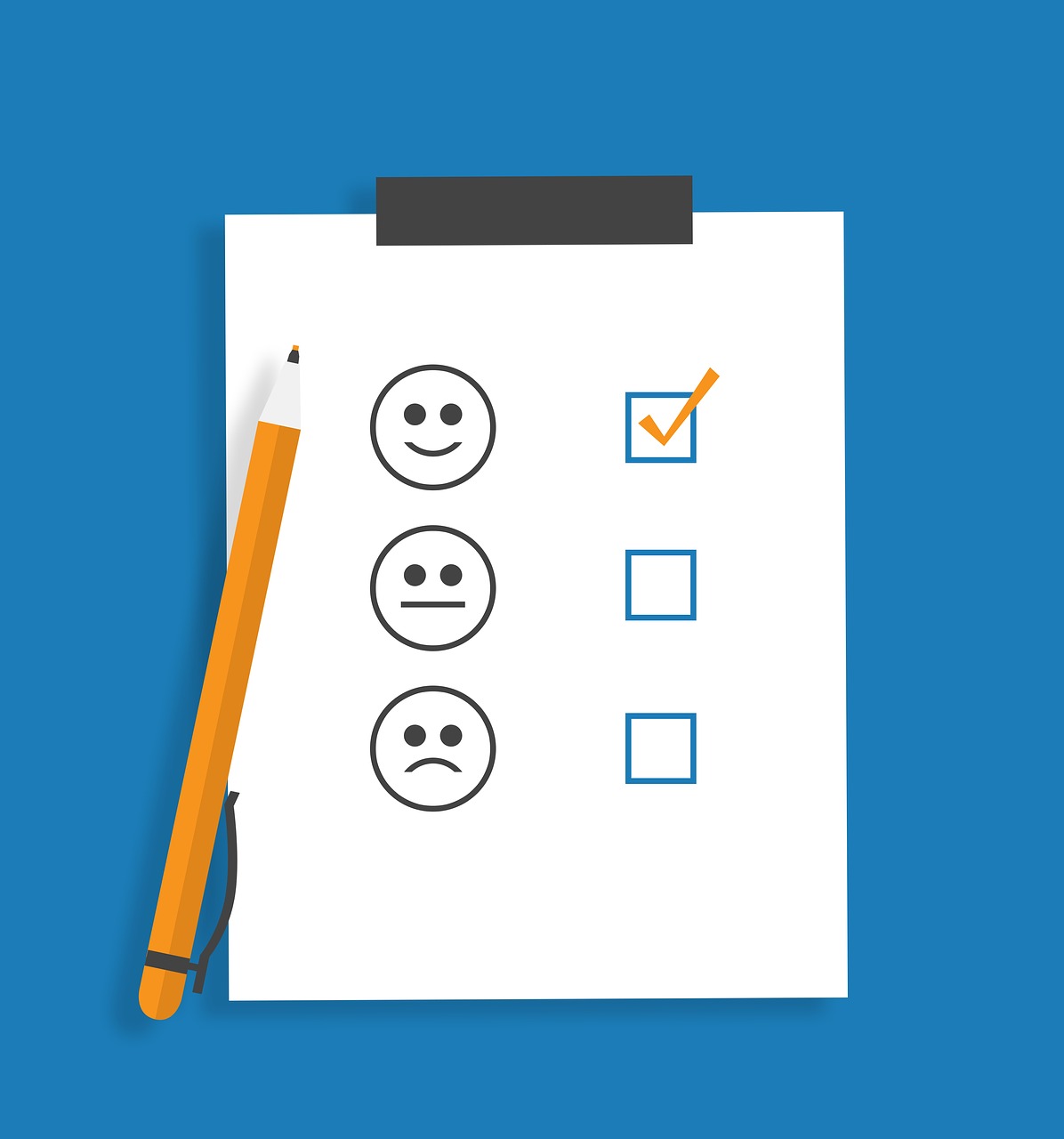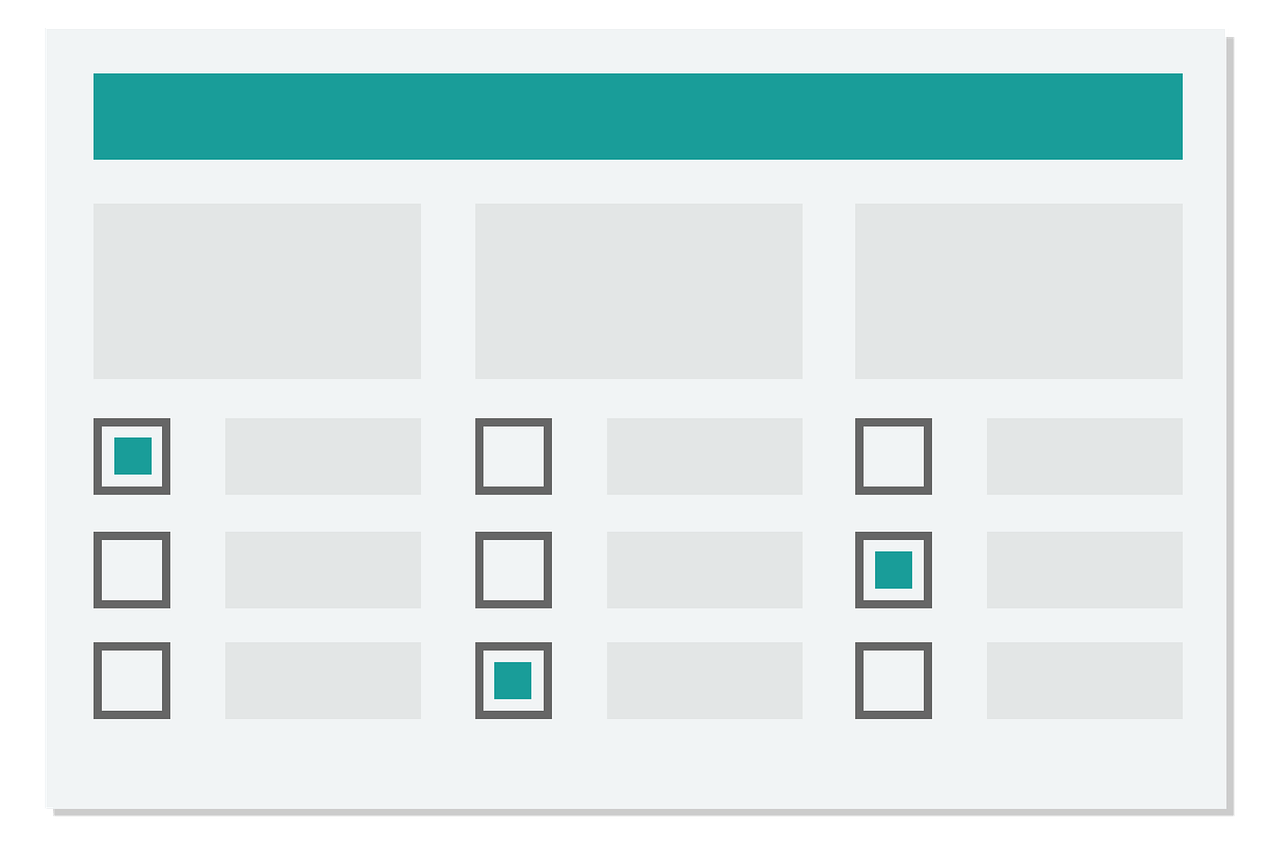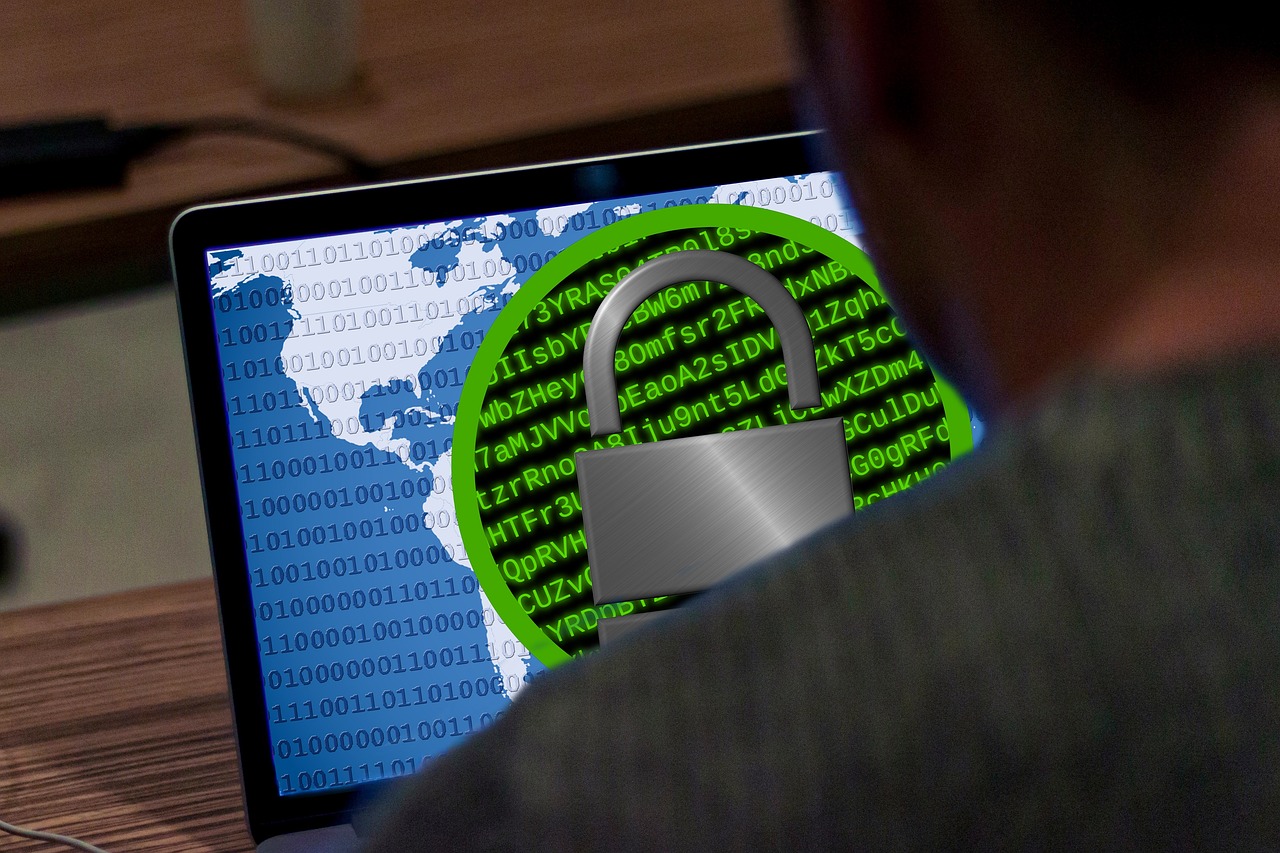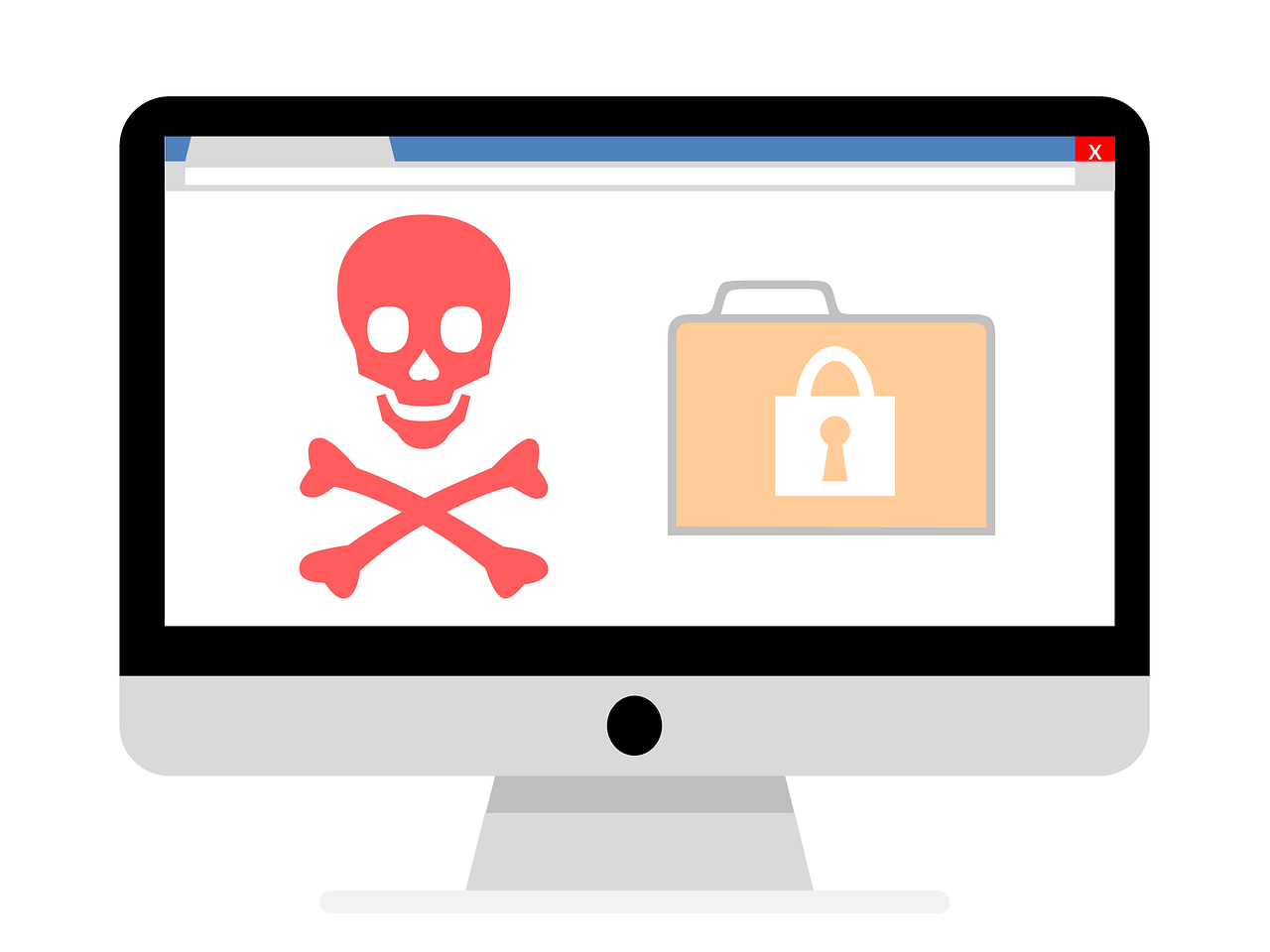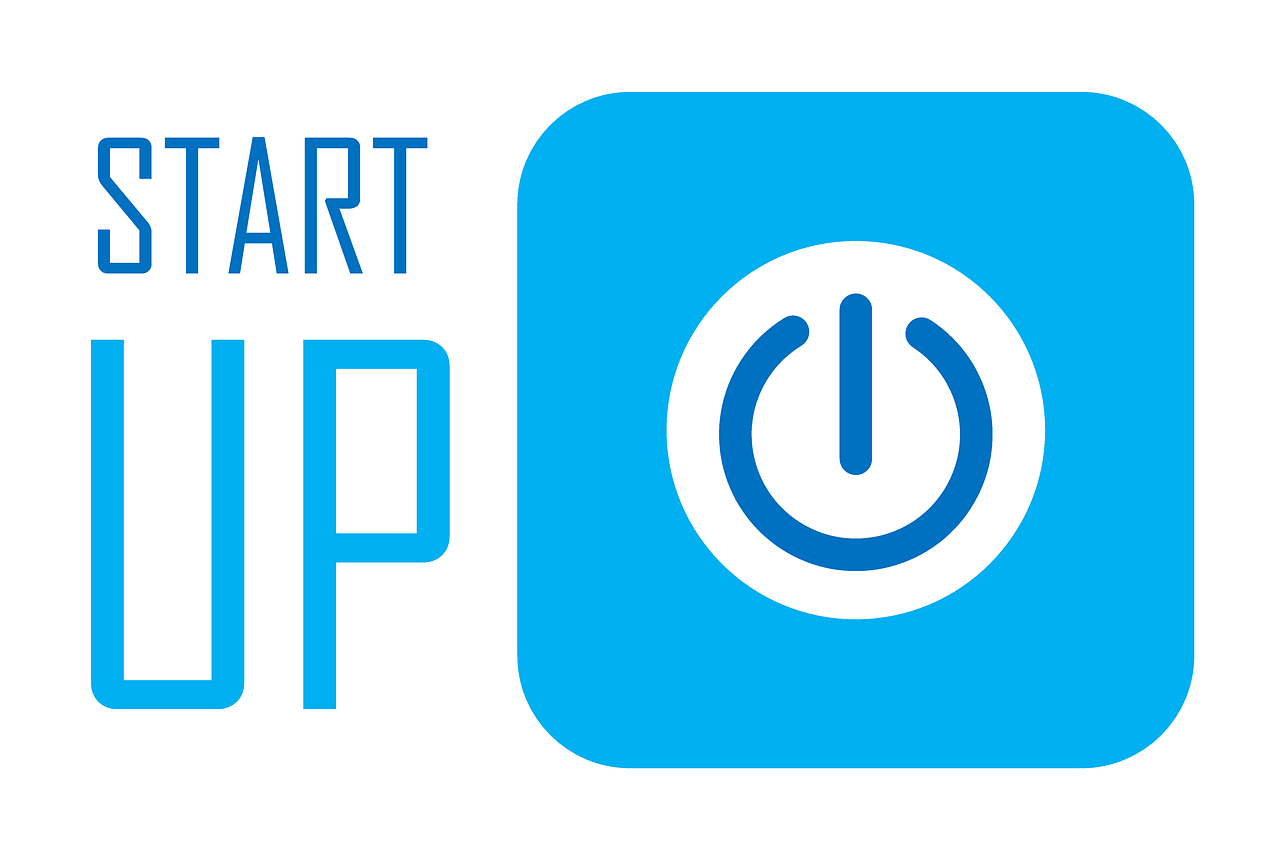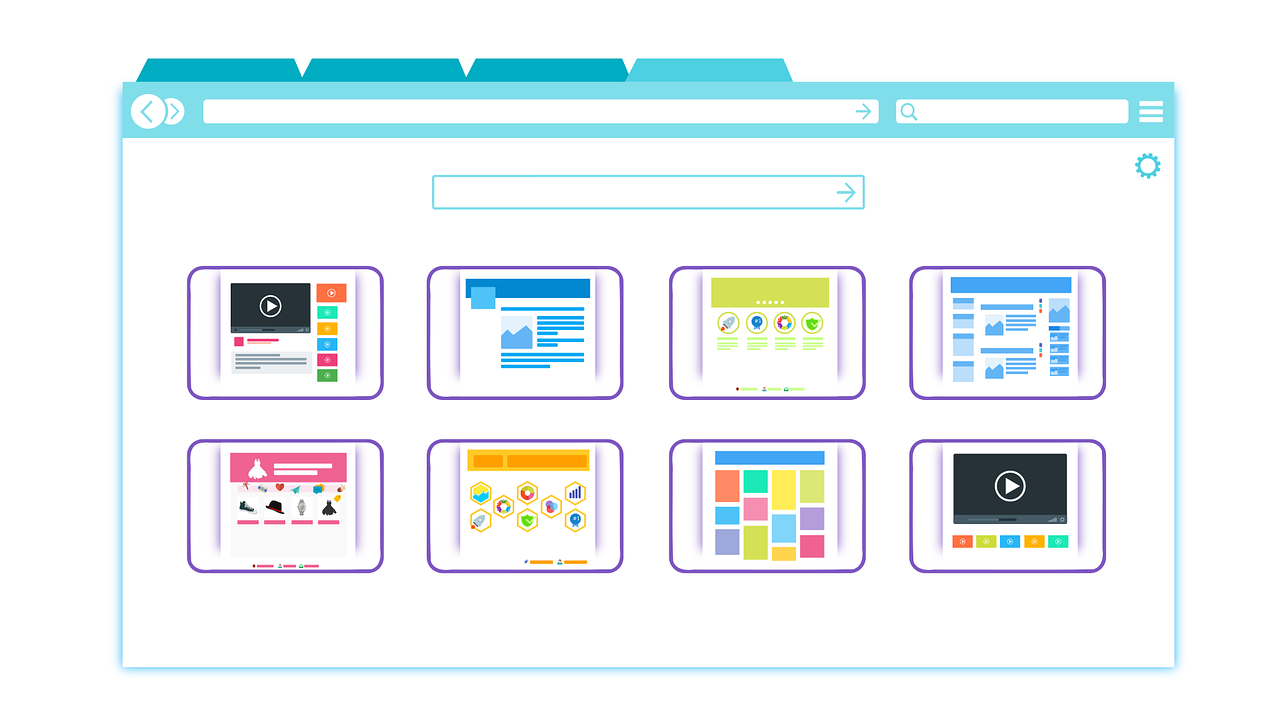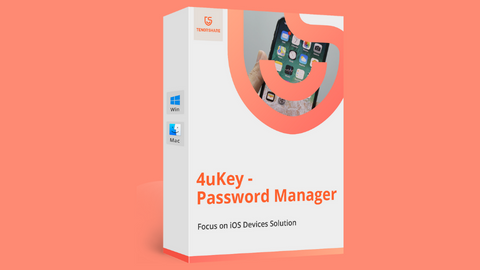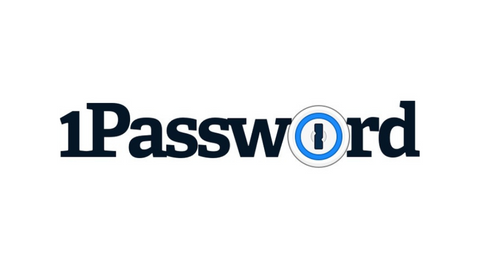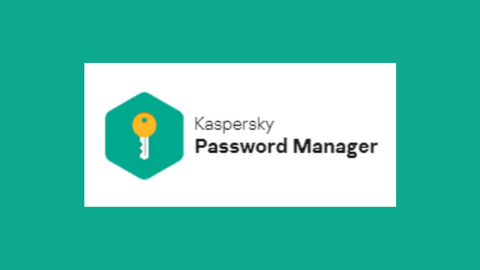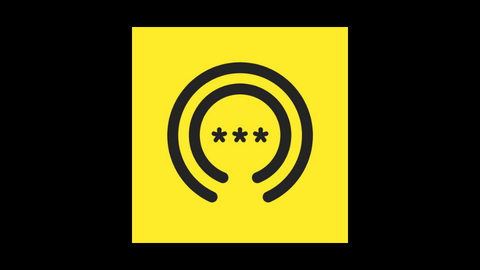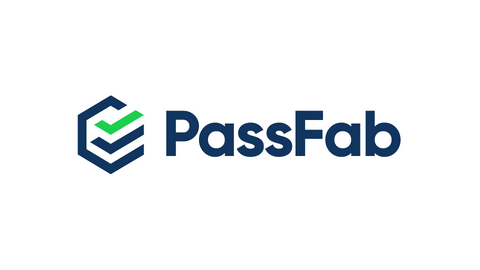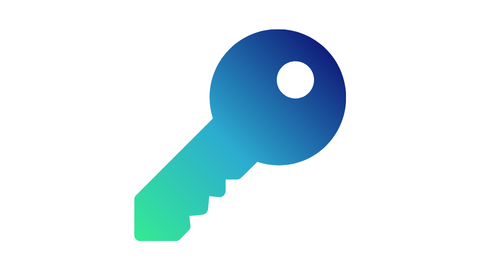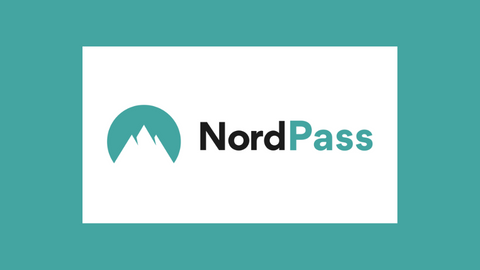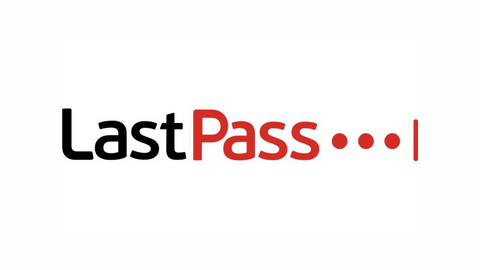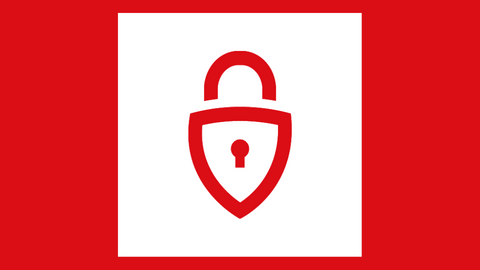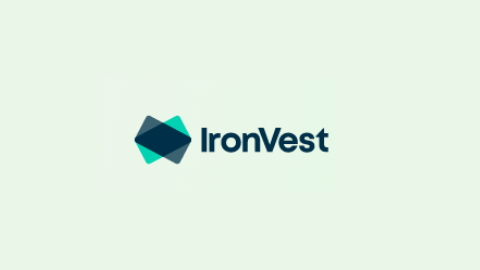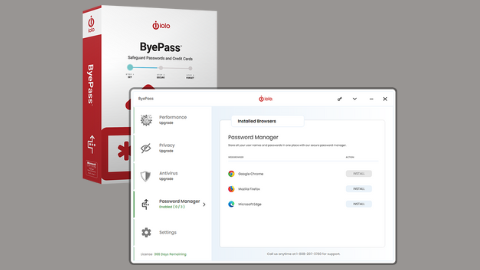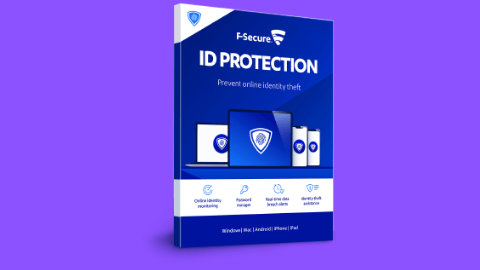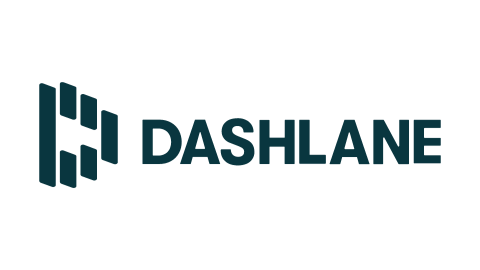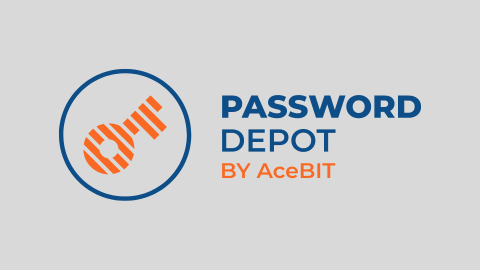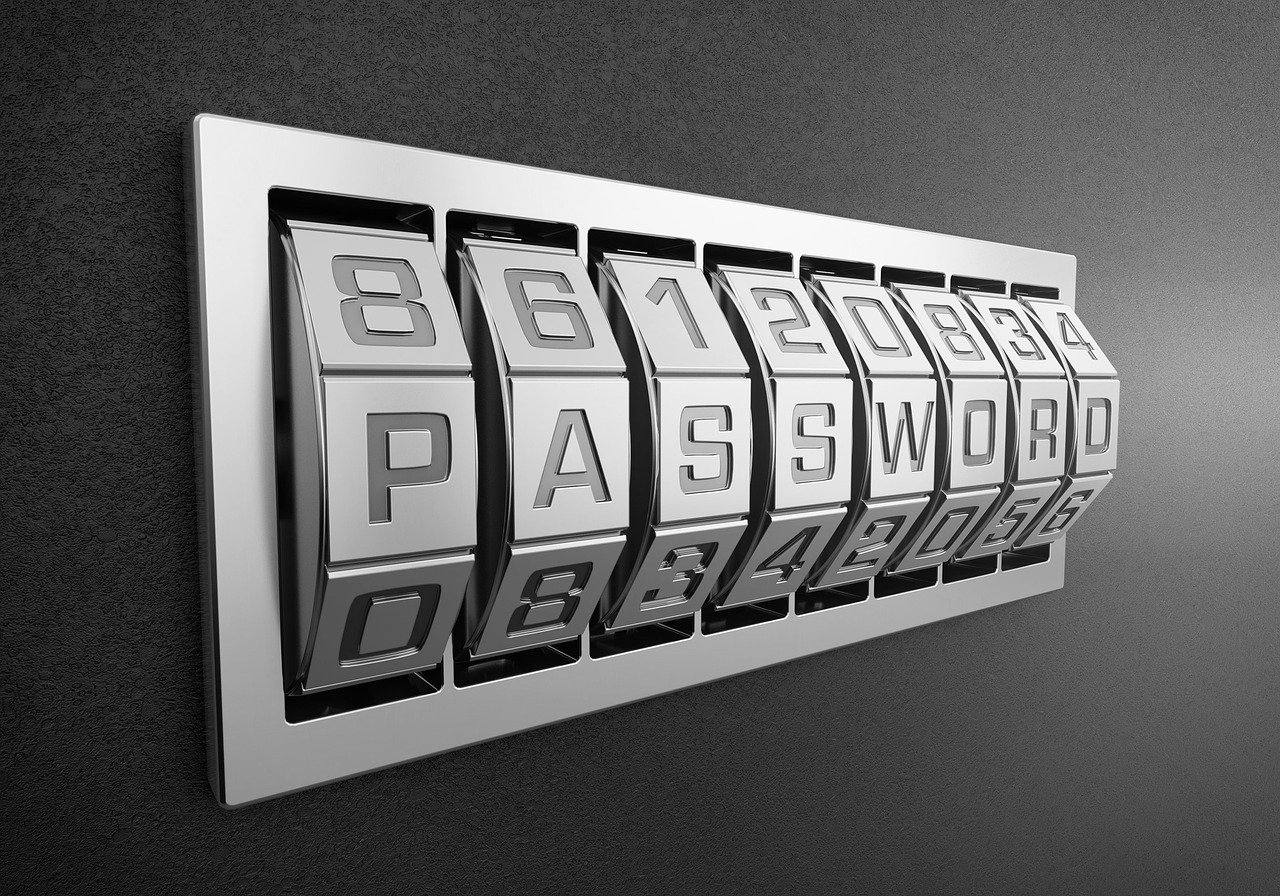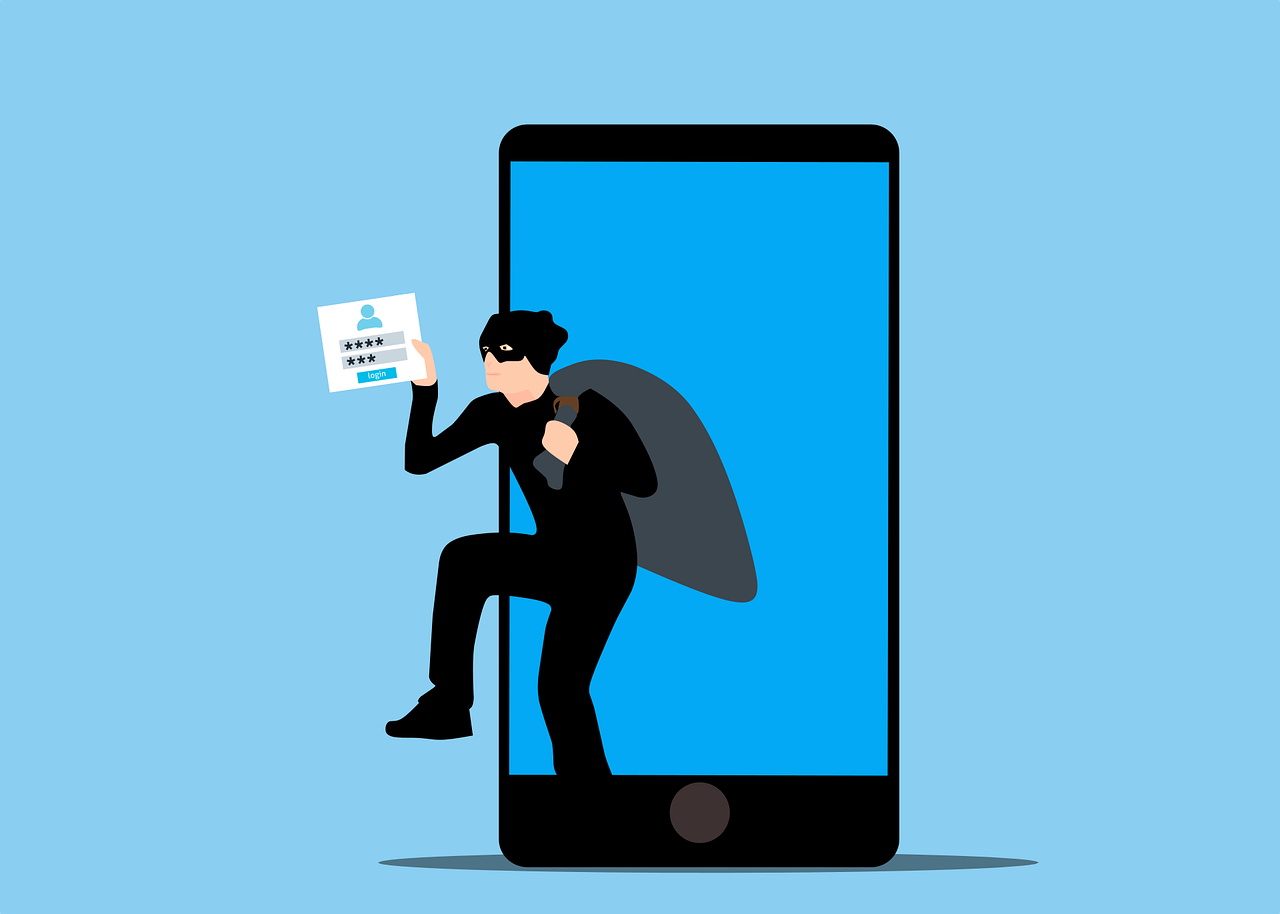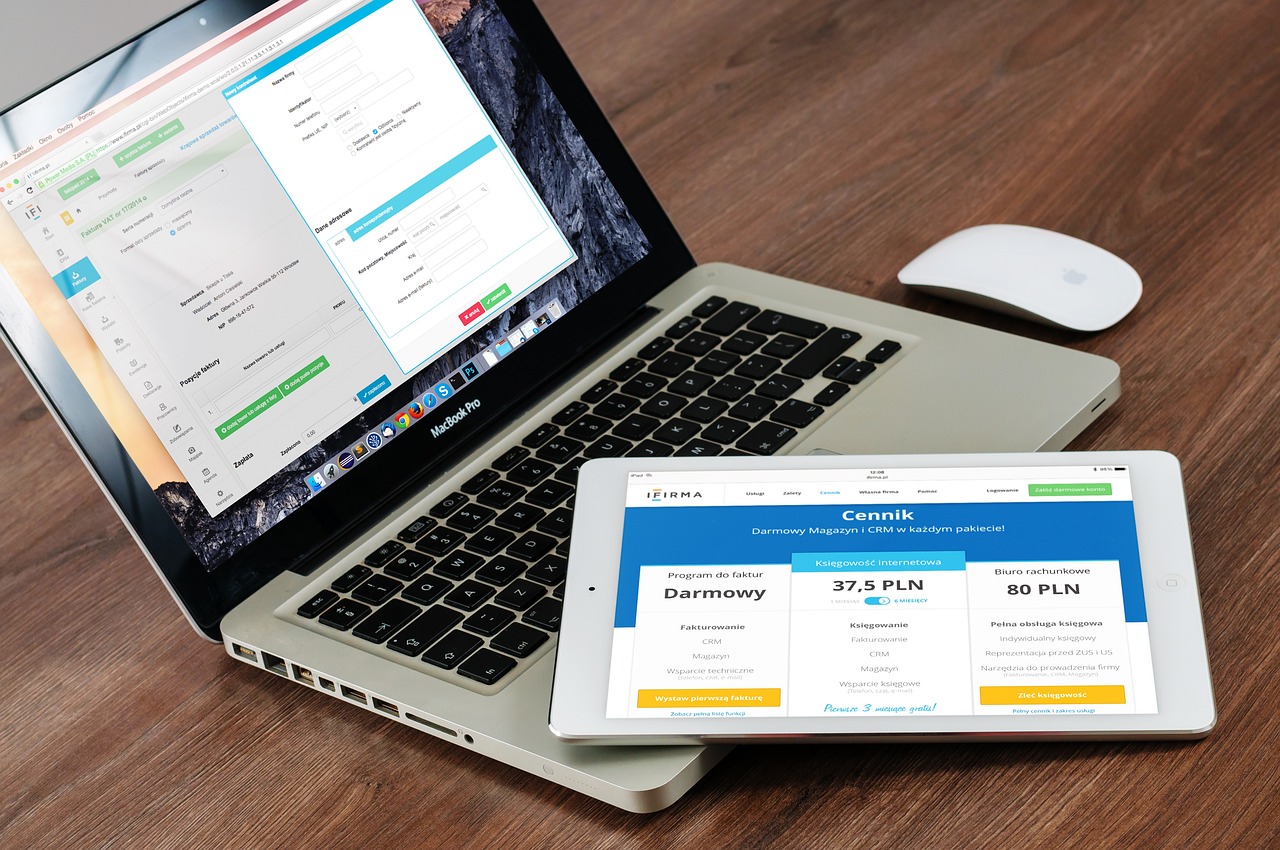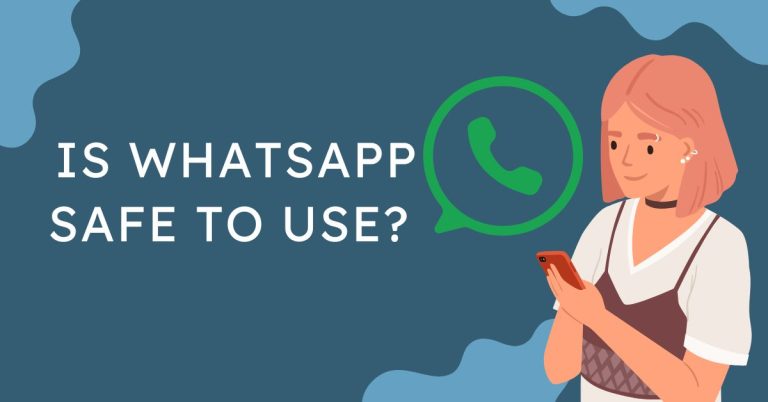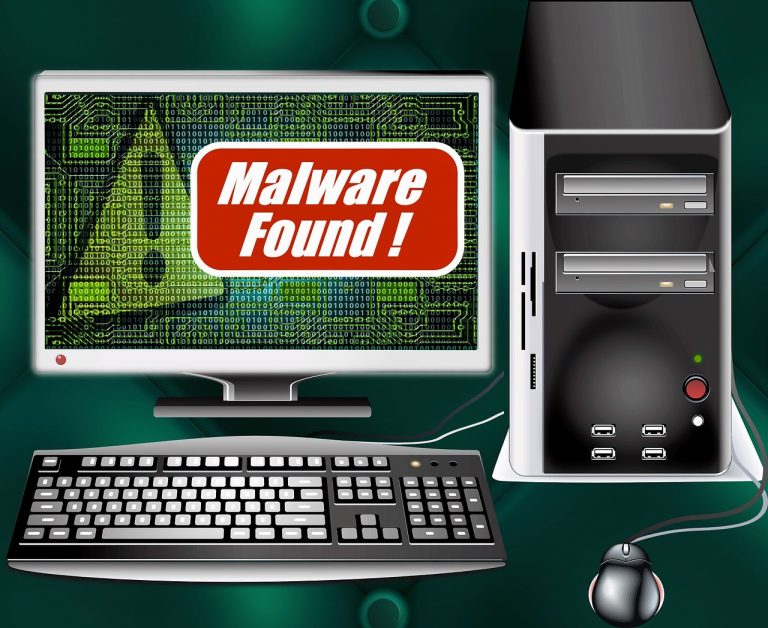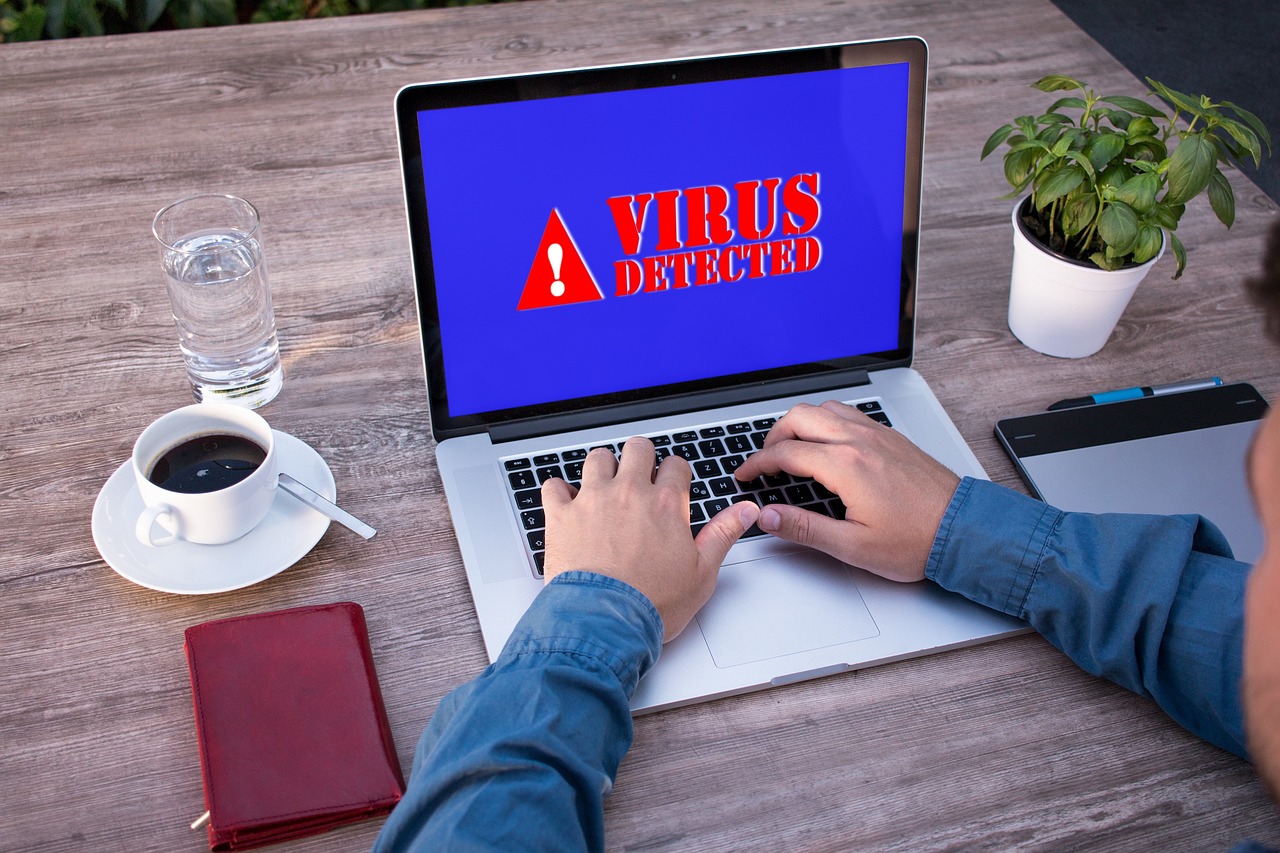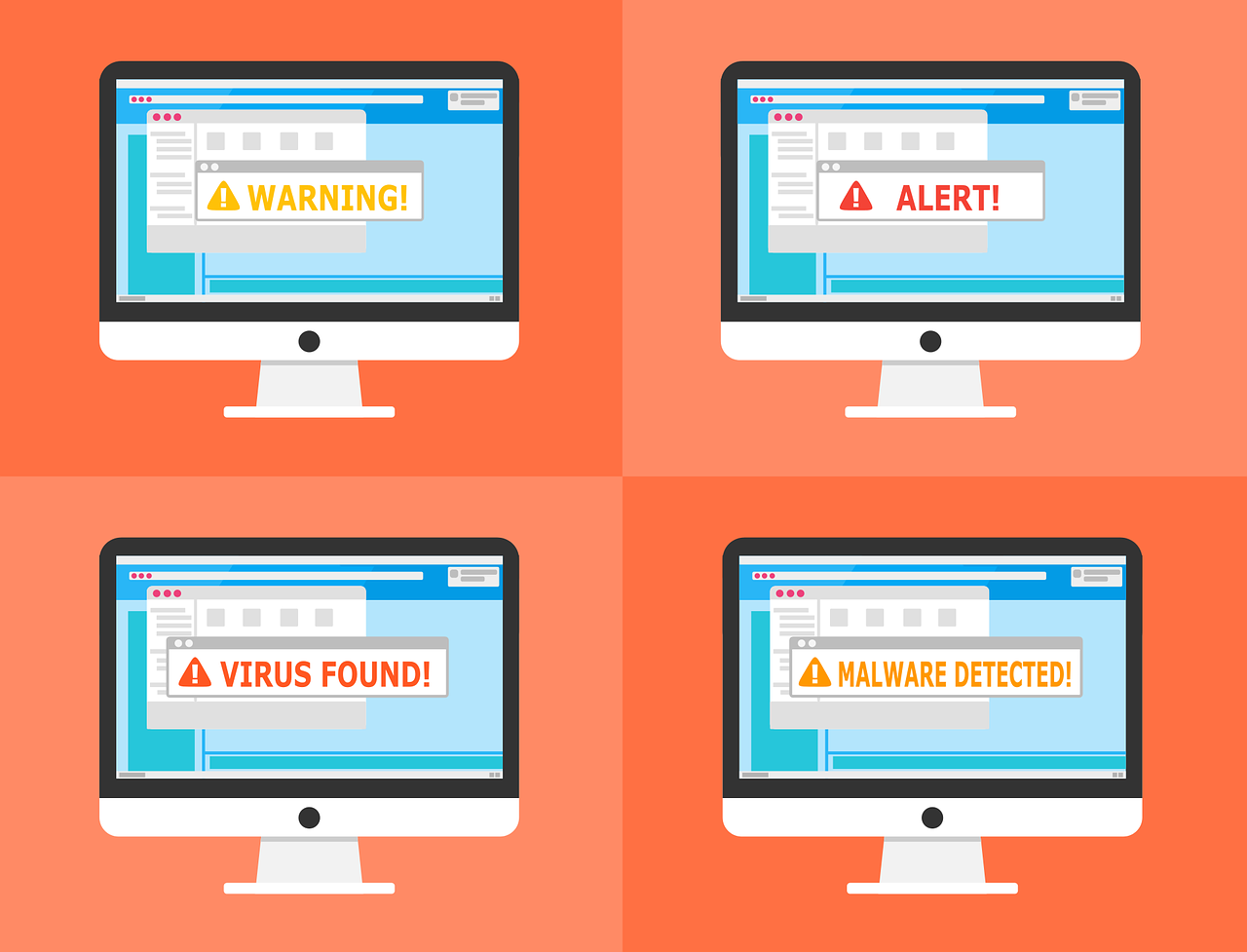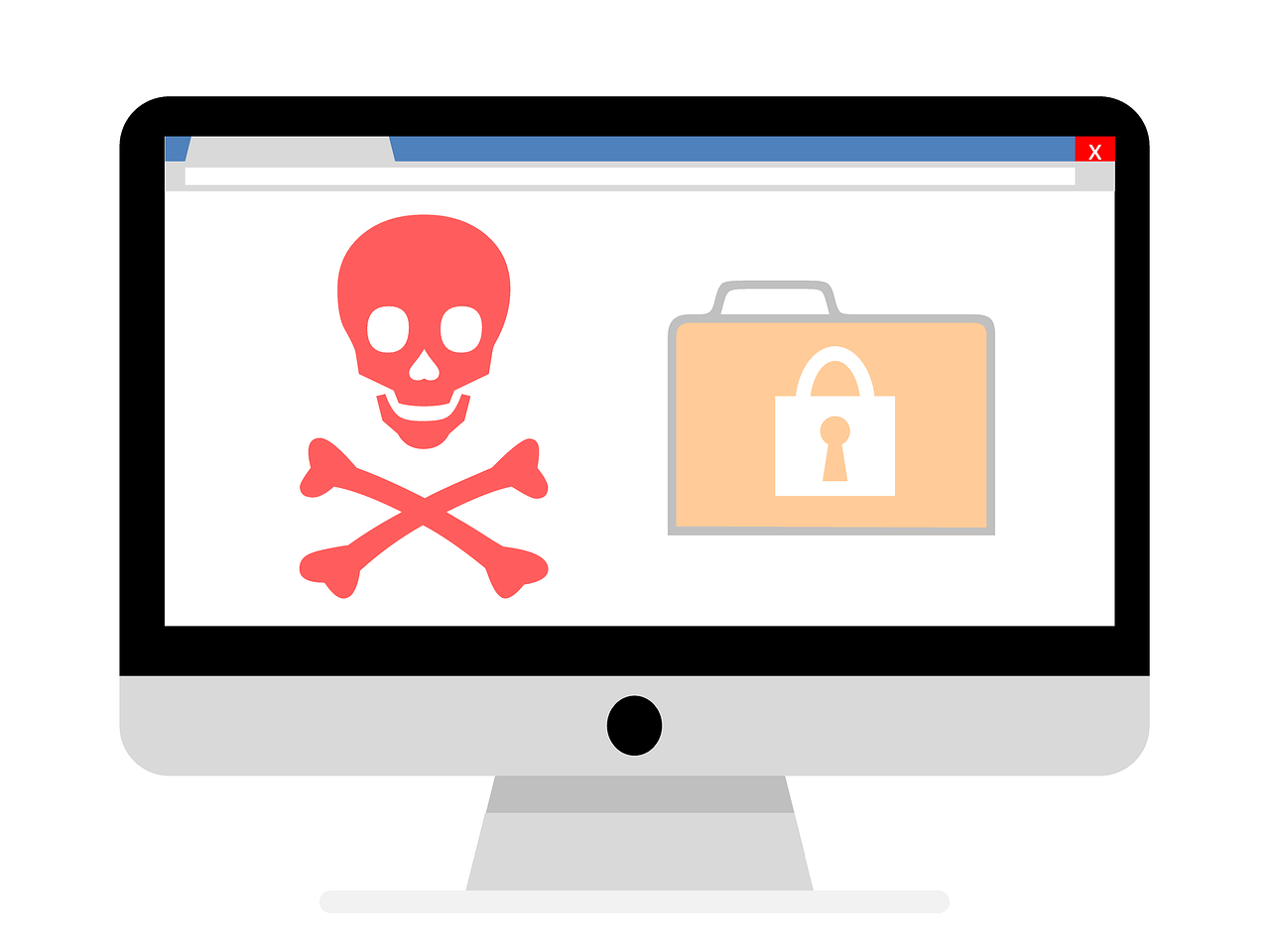Here, I will show you how to maximise your Nintendo Switch experience. Explore what it means to own a Nintendo Switch and the steps you can take to ensure you have the best gaming experience possible on the gaming console.
When people hear the word “console”, they typically think of either Sony’s PlayStation or Microsoft’s Xbox consoles. There is no denying that both are extremely recognizable and powerful brands. And both consoles typically live up to their manufacturer’s reputation.
Over the years, as services like Cox customer service and internet packages have become more readily available, the online gaming ecosystem has grown in parallel. With access to the internet, more players can connect and play together in real-time.
However, the PlayStation and Xbox consoles may be huge favourites. However, there are many other great companies in the console gaming and game development industry. And among them, very few have a rich and storied history that Nintendo commands.
READ ALSO: How To Use Surfshark In 2023: Easy Step-by-Step Instructions
Table of Contents
The Nintendo Switch – An Introduction to a New Gaming Experience
Nintendo has been a leading player in the video game industry since its inception. Iconic franchises like Super Mario and The Legend of Zelda were originally released on Nintendo early on. Decades later, the franchises are still alive and are frequently rereleased on newer Nintendo consoles.
Over the years, Nintendo has successfully delivered now-iconic consoles and playing styles. It is also one of the main proponents of 3D gaming, responsible for many of the mainstream graphics we take for granted today.
The Switch is one of Nintendo’s more recent releases. It has definitely seen a large helping of success, and it continues to attract new buyers all the time. If you’ve discovered the Nintendo Switch, read on before you start playing and learn how to get the most out of it.
Creating A Nintendo Switch Online Account
The first thing you need to have to be able to play games on your new Nintendo Switch is an associated online account. Like most game consoles, Nintendo has its own ecosystem, which includes a game library and the option to buy new or older releases.
However, to download and play legally licensed games, Nintendo requires all users to have a Nintendo Switch Online Account. The account gives you access to all of Nintendo’s extensive features. But more importantly, it prevents the use of unlicensed or pirated game versions that harm the larger gaming industry. Be sure to create an account before trying to play.
READ ALSO: The Playstation 5 vs Xbox Series X Showdown: A Closer Look at the Gaming Titans
Choosing The Controller
Unlike many other companies, Nintendo offers two separate controllers for distinct user needs. The Joy-Con controller is a modular gamepad. It consists of two independent controllers that can either be used as one controller by a single player, or two controllers for two individual players. The Joy-Con is very convenient if you often have guests over for Mario Kart gaming nights.
Getting a microSD Card
The Nintendo Switch is a great console. But it only has a limited device storage capacity by default. The 32 GB limit may have been a lot a few years ago. But these days, it is barely enough for one large game.
Therefore, you run the risk of running out of space to store your screenshots, game progress, and even necessary updates or patches. However, the solution is as simple as selecting a reliable microSD card. All you have to do is insert it, and you will have as much space as the card can support. You can even keep multiple cards if you wish.
Buying a Supported Portable Charger
Unlike many other consoles, the Nintendo Switch can be used both as a platform attached to a TV screen as well as a portable device for gaming on the go. While this is a convenient feature, it comes with one glaring issue.
Unless connected to a power source, your Nintendo Switch will run out of juice, putting an end to the portable gaming experience. Fortunately, the manufacturer offers support for several battery packs that are compatible with the Nintendo Switch safely. A portable battery pack can help you keep your Nintendo Switch connected on the road, on the plane, and even at the park during a family picnic.
Custom Game-Themed Accessories
Bling is nothing new, and gamers have their own versions of it. Many of us already use custom skins and purchasable items in the games we play.
But Nintendo takes it a step further with instantly recognisable accessories that show homage to some of the company’s most famous titles.
From Pokémon to Zelda to Mario, choose from a range of accessories that tell other gamers what tribe you belong to.
READ ALSO: The Quest for Performance Mode: A Deep Dive into Xbox Capabilities
Nintendo Switch Experience: Frequently Asked Questions
The Nintendo Switch offers a unique hybrid gaming experience, combining the power of a home console with the portability of a handheld device. Here are 4 frequently asked questions to help you decide if it’s the right choice for you:
What are the pros and cons of the Nintendo Switch?
Pros
- Versatility: Play on your TV at home or on the go with the detachable Joy-Con controllers.
- Exclusive games: Enjoy popular Nintendo franchises like Mario, Zelda, and Pokémon, with many titles unavailable on other platforms.
- Family-friendly: Offers a wide range of games suitable for all ages and interests.
- Local multiplayer: Play with friends and family in person with split-screen or multiple Switch consoles connected.
Cons
- Lower graphical power: Compared to PlayStation and Xbox, graphics might not be as cutting-edge.
- Limited storage: The base model features only 32GB of storage, requiring the use of additional microSD cards for larger games.
- Joy-Con drift: Some users experience issues with Joy-Con controllers drifting, which can affect gameplay.
- Online subscription: Nintendo Switch Online is required for online multiplayer and cloud saves.
READ ALSO: How To Check Your IP Address [Quick Methods]
What are the best games available for the Switch?
The Switch boasts a diverse library, catering to a wide range of genres and preferences. Here are some popular titles:
- For families: Super Mario Odyssey, The Legend of Zelda: Breath of the Wild, Animal Crossing: New Horizons.
- For action-adventure: Metroid Dread, Hollow Knight, and Monster Hunter Rise.
- For platformers: Celeste, Cuphead, Ori and the Blind Forest.
- For party games: Mario Kart 8 Deluxe, Super Smash Bros. Ultimate, Jackbox Party Pack 8.
Is the Switch a good choice for me?
It depends on your gaming preferences and budget. Consider the following:
- Do you value portability and versatility?
- Are you interested in Nintendo’s exclusive games and franchises?
- Do you mind the lower graphical power compared to other consoles?
- Are you comfortable with the online subscription fees?
If you answered yes to most of these questions, the Switch could be a great choice for you. However, if you prioritize cutting-edge graphics or online multiplayer without extra fees, you might consider other options.
READ ALSO: Best VPN For Gaming You Should Consider
What are some additional factors to consider?
- The different Switch models: Standard, Lite (handheld-only), and OLED (enhanced screen).
- Joy-Con alternatives: Pro Controller offers a more traditional gamepad experience.
- Third-party accessories: Screen protectors, travel cases, and charging docks can enhance your experience.
Bottom Line
Ultimately, the best way to know if the Nintendo Switch is right for you is to try it out. Many retailers offer demo units or allow returns within a certain timeframe.
INTERESTING POSTS
- List of Geo-restricted Streaming Services
- Nintendo 64, Wii, and GameCube Source Codes Leak Online
- 15 Best VPN For Coronavirus Quarantine Holiday [100% WORKING]
- Beat Quarantine Boredom With Free Online Games [MUST READ]
- Kinguin Review – Is It Safe, Legit, Or Scam?
- Everything You Need To Know About Wireless Access Points
- Methods For Increasing The Availability Of Your App
- Best Antivirus For 2022
- Best VPN For 2022
- Benefits Of Core Banking Solutions






